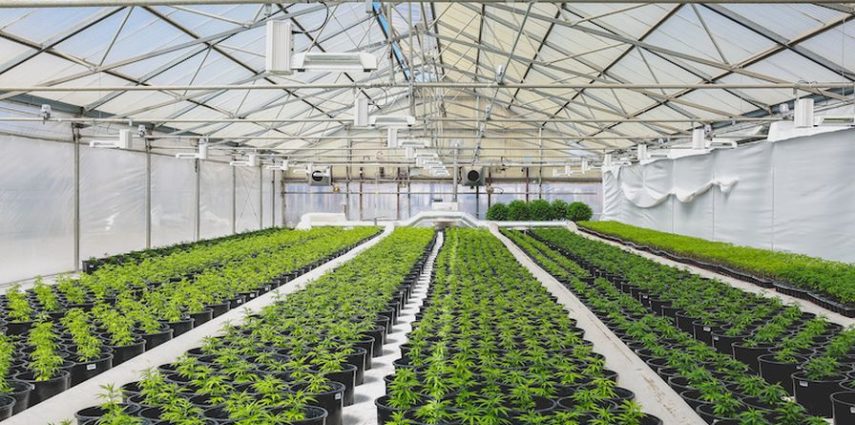Cannabis retailers in British Columbia breathed a sigh of relief when the union representing workers at the province’s only cannabis wholesaler paused its labor strike on August 31, 2022. The two-week strike completely halted the province’s cannabis supply chain, forcing many retailers to close their doors and send workers home.
Other provinces have also experienced recent service disruptions. Quebec’s government-owned cannabis retail monopoly closed stores on a rotating basis throughout the summer due to labor strikes by the Canadian Union of Public Employees, and the Ontario cannabis supply chain was disrupted in early August by a cyberattack on a logistics provider for Ontario’s sole government-backed cannabis wholesaler.
These incidents highlight the shortcomings of Canada’s cannabis regulatory regime, and illustrate the need to diversify the supply chain. Companies throughout the industry will also need to take extra care to build strong workforces, to ward off continued strikes and generally navigate the tight cannabis talent market.
Unfortunately, labor unrest and supply chain disruptions are not the only headwinds currently dampening the outlook for the Canadian legal cannabis market, resulting in significant losses for even the largest producers. Other factors include:
- Presence of the illicit market
The legal market for adult-use cannabis has eroded the illicit market, but has not eliminated it. Although estimating the size of the unregulated market is challenging, data from Statistics Canada indicate that legal cannabis sales overtook illegal sales for the first time in the third quarter of 2020. However, the surge in illicit activity that followed the B.C. strikes shows that the unregulated market is still present and eating into profits and market share. - Mass destruction of products
Federally licensed marijuana producers destroyed 425 million grams of unpackaged cannabis last year, and over 7 million packaged products. One contributing factor may be that consumers are flooded with product choices with little avenue to build brand loyalty, as companies have prioritized growth — rushing to the market to grab square footage and grow through consolidation — rather than focusing on products and efficiencies. These issues have led to write-downs of products as licensed producers continue to reduce prices, resulting in negative profit margins. - Evolving consumer preferences
In addition to the above-mentioned abundance of product, the continued health of the unregulated market highlights the need for licensed cannabis companies to stay ahead of evolving consumer preferences. A February 2022 literature review published in the Journal of Cannabis Research addressed why the illicit market continues to thrive in a country that has legalized adult-use recreational cannabis: While price is a strong influencer, the research indicates, demand is relatively inelastic. “This suggests that consumers may be seeking lowest-cost, unregulated cannabis to avoid reducing consumption,” the paper concludes. As cannabis consumers have access to a growing selection of product forms, consumer preferences will continue to evolve. To keep pace, companies should continue to innovate to capture market share and establish themselves as market leaders and brands of choice. - Limited opportunities to enter the U.S. market
Both before and after legalization in 2018, Canadian cannabis companies have grown rapidly. In part, this growth has been due to the expectation of federal decriminalization of cannabis in the United States. While the progress of the Marijuana Opportunity Reinvestment and Expungement (MORE) Act is encouraging, decriminalization is turning out to be a longer journey than many expected. In addition to the delayed timeline, Canadian companies face limited access to licenses and stiff competition south of the border, as U.S. operators are well established and experienced with state regulatory protocols. These barriers limit Canadian companies’ opportunities to break into U.S. cannabis markets.
Solutions
While there are a number of challenges facing the industry right now, the good news is that many of them are not new, and so there are a variety of familiar solutions companies can employ. To compete amid the legal and illicit markets and build loyalty, for example, companies can pursue differentiation, by focusing on newer models like “farmgate” (where available) or on sustainability. Adaptability and strategy will be the name of the game.
For more information, please reach out to our Cannabis Team at davidson@davidson-co.com

